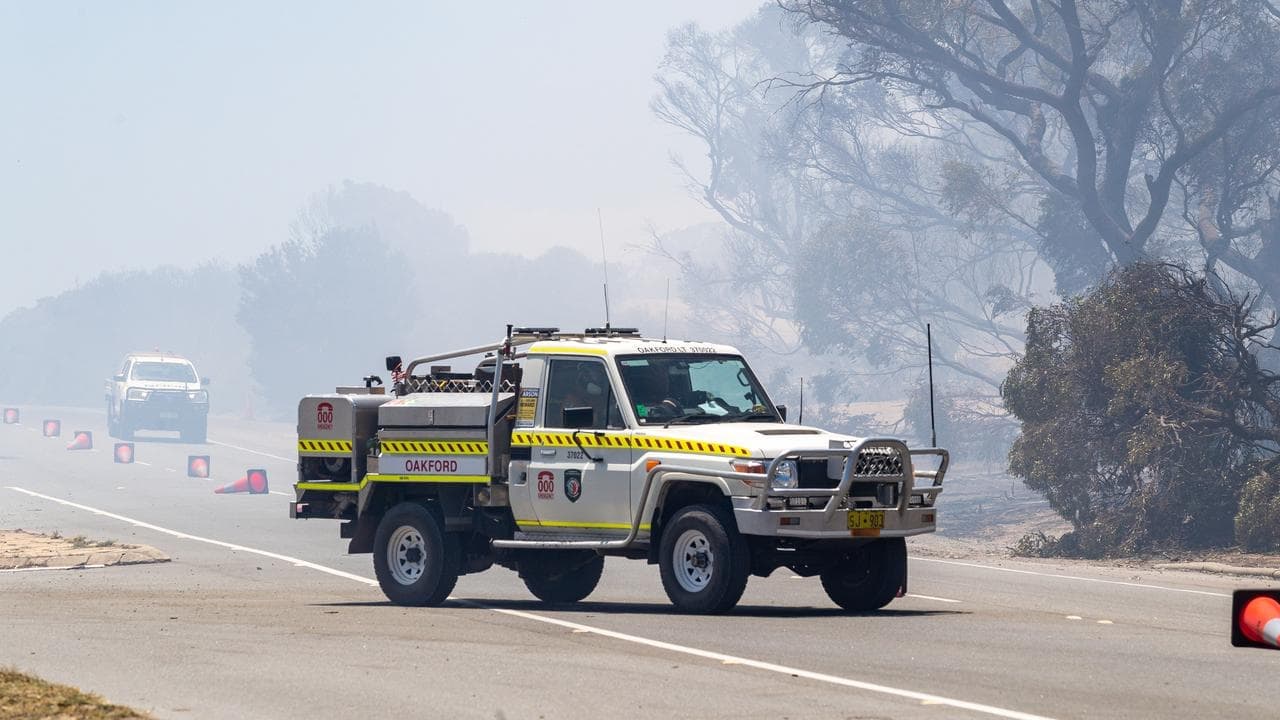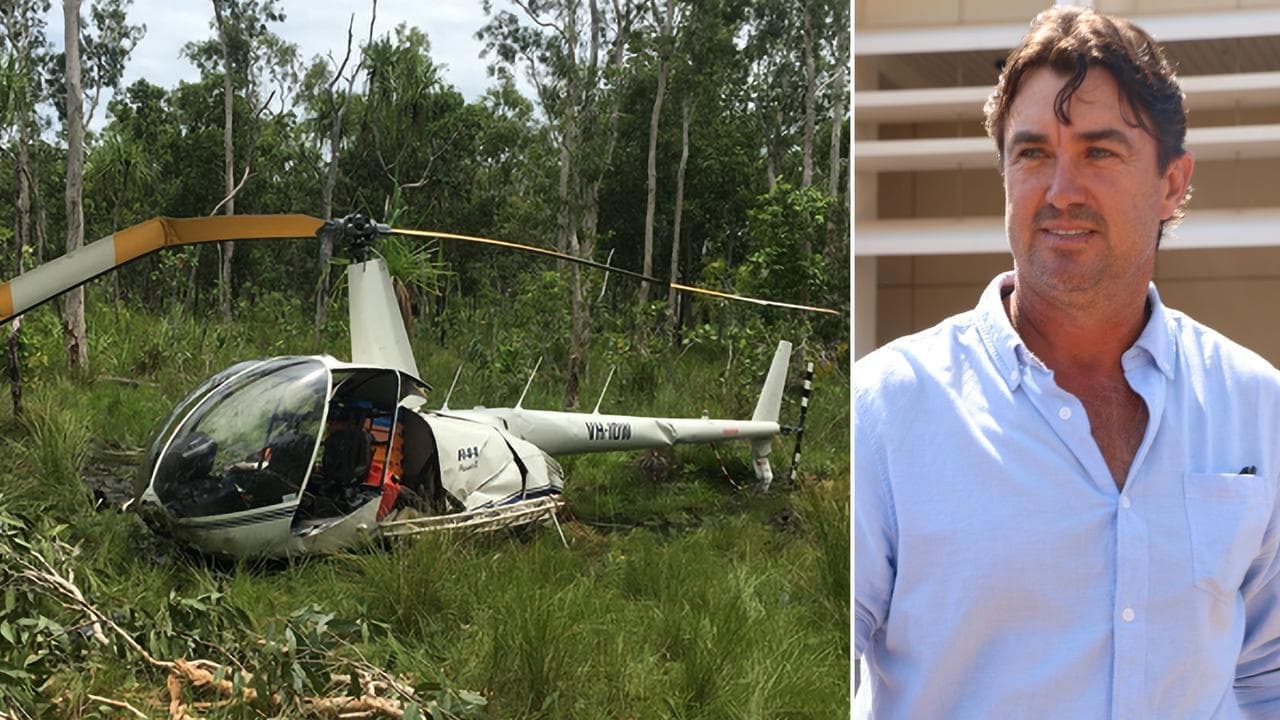WHAT WAS CLAIMED
Monkeypox is shingles.
OUR VERDICT
False. Shingles and monkeypox are caused by different viruses.
While the World Health Organization plans to change the name of monkeypox to prevent stigmatisation and discrimination, one thing won't change - the disease will never be shingles.
An anti-vaccine activist's Instagram post on June 12 claims monkeypox is shingles, linking the viral illness to adverse events connected to the Pfizer COVID-19 vaccine.
However, infectious disease experts have told AAP FactCheck monkeypox and shingles come from two different families of viruses.
Health authorities have provided a wealth of information on monkeypox since a global increase in cases in May 2022, when WHO said outbreaks were reported in 12 nations.
The US Centers for Disease Control and Prevention says monkeypox is rare and does not spread easily between people without close contact. A WHO information page describes it as a viral zoonotic disease, meaning it can spread from animals to humans. Australia's Department of Health says monkeypox blisters are similar to those seen in chickenpox, but are larger and typically start in the head and neck rather than the torso.
Experts have told AAP FactCheck monkeypox is definitely not shingles. They say shingles is a reactivation of the chickenpox virus, which people carry for life, while monkeypox is related to smallpox and doesn't stay in the body when someone recovers.
"Monkeypox is not the chickenpox virus," Professor Peter Collignon, an infectious disease expert at the Australian National University (ANU), said in a phone interview. "It's a completely different family of virus."
He added: "Chickenpox and shingles is the varicella-zoster virus (VZV), which is the chickenpox virus, so basically it might look slightly similar (to monkeypox), and 'slightly' being the emphasis, because it actually behaves quite differently. The only thing that's it got in common is it forms fluid-filled vesicles on the skin."
David Tscharke, ANU's head of immunology and infectious disease, also says the viruses that cause monkeypox and shingles have no relationship.
"When a person is first infected with VZV (usually as a child) they get chickenpox, but afterwards the virus is able to stay dormant in the body," Professor Tscharke told AAP FactCheck in an email.
"If the virus become(s) active again, the result is shingles, which usually presents as a painful band of sores over an area of skin.
"(Monkeypox) is related to smallpox, but is a separate species. Human monkeypox infections result in small skin sores or pock-like lesions in various places across the body. These small sores can sometimes be mistaken for chickenpox lesions if not examined carefully but shingles looks very different, being a patch of sores that merge together, affecting one area and one side of the body."
Cassandra Berry, an immunology professor at Murdoch University, says the monkeypox virus comes from the genus orthopoxvirus, related to smallpox.
"Other virus members capable of infecting humans are vaccinia, cowpox and variola, which causes smallpox," Professor Berry told AAP FactCheck in an email.
"Although monkeypox virus is much less virulent than variola virus, strains can still be fatal (1-10 per cent). These viruses cause rapid and acute infections. Upon recovery (if not fatal) after about 35 days, the virus is completely cleared from the body and the person becomes immune."
Prof Berry said the smallpox vaccine contained a live attenuated vaccinia virus, which had provided "cross-reactive immunity to protect against monkeypox".
"However, since the eradication of smallpox in 1980, we are now seeing sporadic cases of monkeypox in largely non-immune populations as vaccination has stopped," she said.
The claim monkeypox is effectively a rebranding of shingles has been widely fact-checked and debunked, as seen here, here, and here, while the claim monkeypox is linked to COVID-19 vaccines is also debunked here and here. Broader monkeypox conspiracy theories are debunked here.
The Verdict
The claim monkeypox is shingles is false. Experts told AAP FactCheck the diseases are from two separate virus families and behave differently. Shingles is a reactivation of the dormant chickenpox virus that stays in the body for life, while monkeypox is transmitted person to person and is cleared from the body when the person recovers. They both produce fluid-filled blisters, but shingles sores look different to those of monkeypox.
False - The claim is inaccurate
AAP FactCheck is an accredited member of the International Fact-Checking Network. To keep up with our latest fact checks, follow us on Facebook, Twitter and Instagram.












